Existing Things 53
from the Wat Gate Khar Rnam Museum
According to Susan Stewart in On Longing, the collection is “a form of art as play”. Like other forms of art its purpose is not the restoration of context of origin but the creation of a new one. Because origin is replaced by classification, time becomes spatial and material in the service of the collected objects, giving them value. At the Wat Gate Khar Rnam Museum there is a flow and flux in which the taxonomy of the museum, the classificatory system of the collection is constantly shifting, time is measured only by dust and objects are reincarnated daily.
Wat Gate Khar Rnam is a temple located on Charoen Rat Road along the east bank of the Ping River, across from Chiang Mai's city center. The origins of the temple are murky, founded around 1428. The banks of the river in front of the temple served as the city port up until early in the twentieth century. Since Chiang Mai was the main gateway to move goods to the southern provinces the district became a center for foreigners. Thus temple museum became an eclectic collection of artifacts culled from the attics and store-rooms of Chiang Mai.
When we get to the Wat, it is under construction, bamboo-scaffolded, a familiar sight from our residency in Hong Kong. Circling the temple we note the dozen animals from the Chinese zodiac adorning the sides and then across the way fifty or more sets of shoes outside the museum. As it is Sunday we imagine a service might be in process there although there is no particular reason to assume Buddhist service on Sunday. By the time we make it around again the shoes are gone and a handful of members are performing their daily Tai Chi to a crackly Chinese recording outside.
We kick off our shoes and go inside. It is dark, spottily illuminated by holes in the high peaked ceilings and occasional florescent tubes. Hands pressed together, thumbs touching the forehead we bow to an elderly gentleman with a large ring of keys in his hands. He turns from locking to unlocking all the doors when we appear. We take a look around out of politeness but very quickly become utterly absorbed. After an hour we tear ourselves away so the keeper can go home.
Every morning the keeper pulls up on his bike and lets us in. He'll unlock the doors, turn on the music, the television and head out perhaps for tea. The Wat is divided in half. The open front half contains a living room, with an assortment of easy chairs, coffee table, fans and a big TV opposite a dazzling shrine. Various collections including older fans, photos, irons, and musical instruments are nestled together in various corners by kind.
The back half is more compartmentalized with rooms, and glass cases raised on children's chairs further separate the collected. Each day the keeper takes on a new project. Items from one collection may join another. Sometimes decisions are made more according to color or other aesthetic considerations, at other times the selections are more pragmatic. All the buddhas without heads are in one case for instance. Some collections seem more personal, a case containing various unidentifiable objects along with a passport photo and - inexplicably - some bird's claw. Many exhibits are labelled with notes about the objects generally in Thai, some in English. Since the keeper's English is small, sometimes the labels wander or get left behind, creating new possibilities.
On our second day we get a rush of visitors mid-morning. Some have a look under the focusing cloth over our camera. They giggle leaving us unclear whether they were able to see anything on the ground glass. Others spend time in the living room with the keeper. After lunch some of his friends and a monk stop by for kick boxing and soaps and by mid-afternoon, everyone is sacked out on the sofas sound asleep. You can tell when the music stops and then we whisper. Around six everyone and the light is gone and we bid the keeper a good night and a see you tomorrow.
Knoll + Cella 2009
www.knollandcella.com
 Share / Save
Share / Save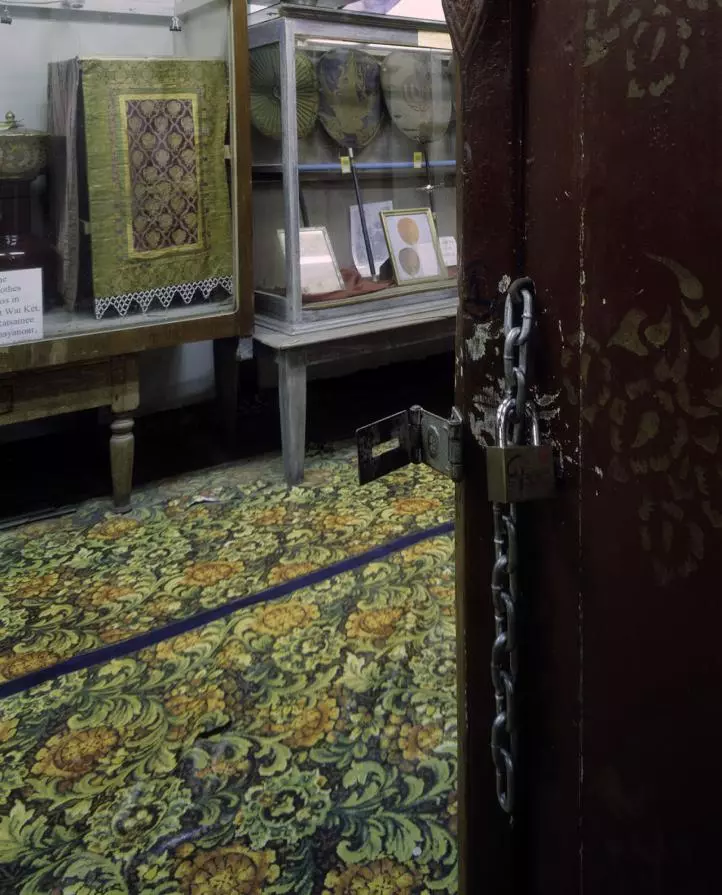
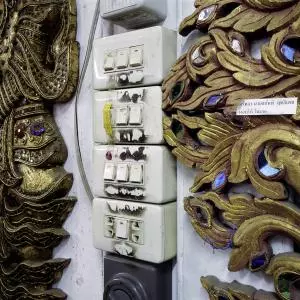

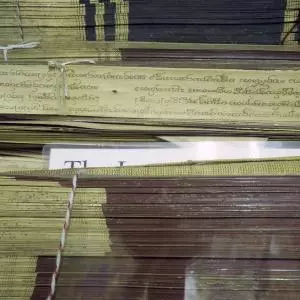

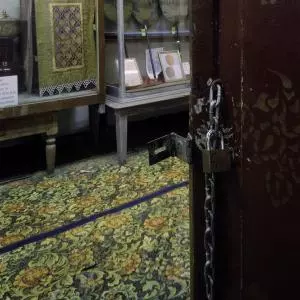
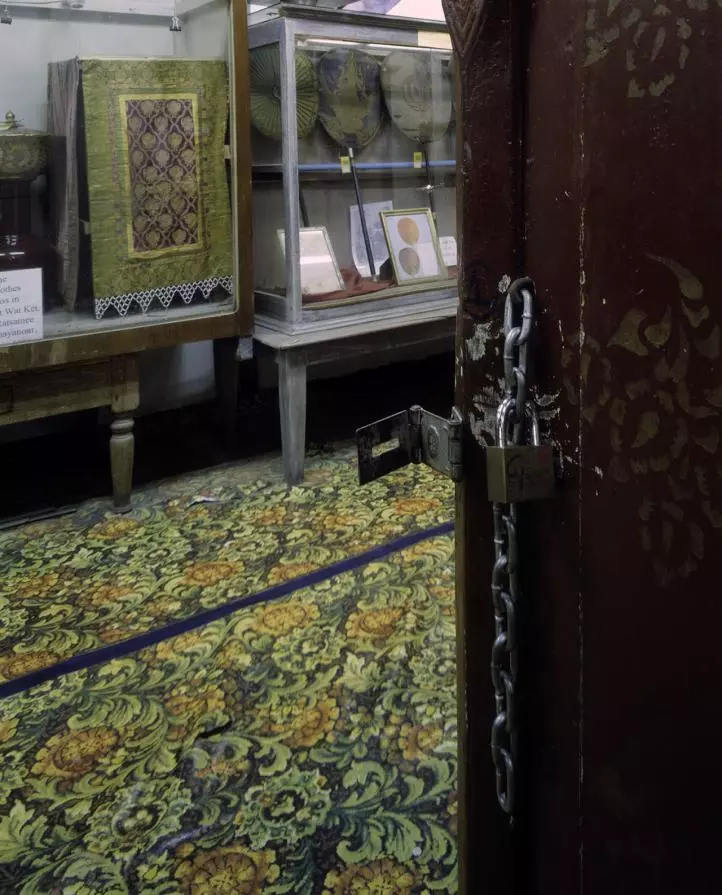


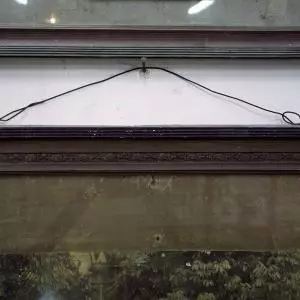



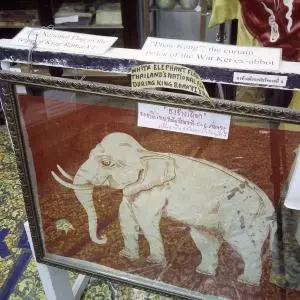

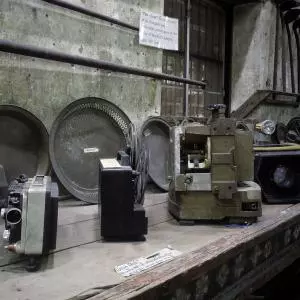

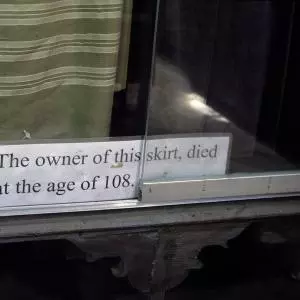







Comments 0
Say something